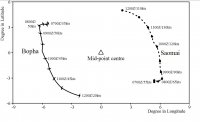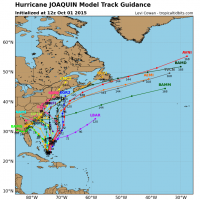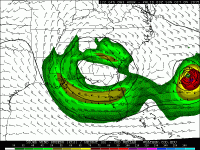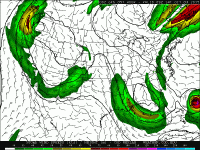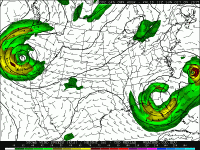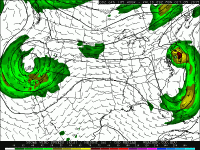Tim Paitz
EF2
Currently, Tropical Storm Joaquin is at 65 mph moving slowly to the southwest, but the official NHC forecast track has it moving northeast in a couple days, possibly paralleling the east coast.
Currently, the northwest side of the storm is being sheared off but with excellent outflow to the south of the center.
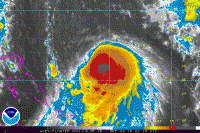
The problem is, the forecast models diverge on where it's going to go because it varies from landfalling near the Virginia tidewater to simply heading out to sea. It's also dependent on where an upper level trough with an attendant cold front moving through the northeast will end up and this will influence how much Joaquin will recurve. Regardless, it'll still bring heavy rain to the northeast as Joaquin interacts with the front.
Currently, the northwest side of the storm is being sheared off but with excellent outflow to the south of the center.

The problem is, the forecast models diverge on where it's going to go because it varies from landfalling near the Virginia tidewater to simply heading out to sea. It's also dependent on where an upper level trough with an attendant cold front moving through the northeast will end up and this will influence how much Joaquin will recurve. Regardless, it'll still bring heavy rain to the northeast as Joaquin interacts with the front.


